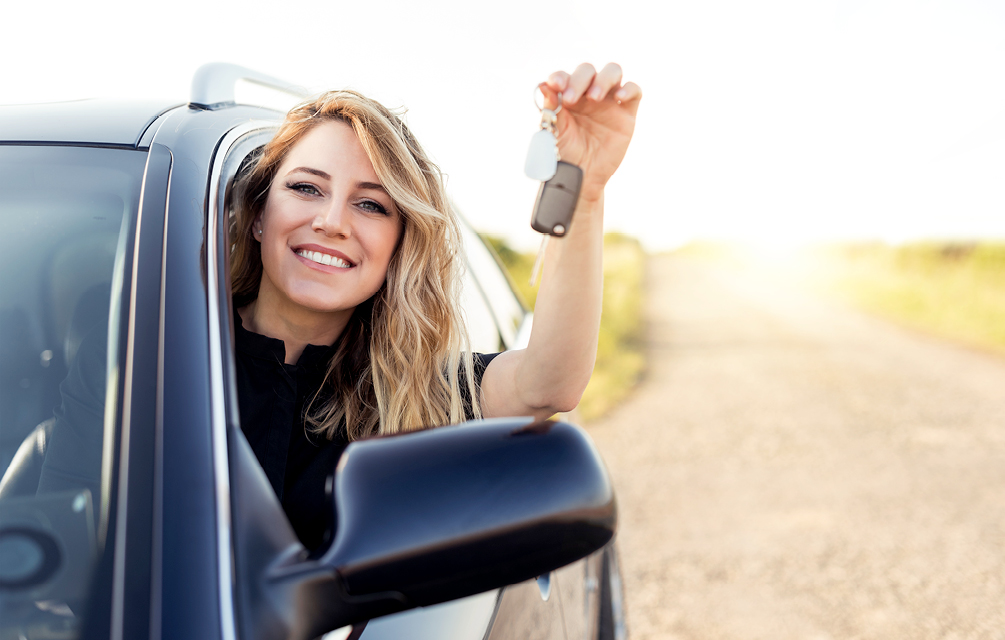Buying Your First Car – Choosing a Safe Car as a Young Driver

Statistics show that in the first year of getting their license, P-plate drivers are at a higher risk of getting into an accident than other road users. Therefore, to minimise the risk to your health, or even prevent the accident altogether, it is important that young drivers buy the safest car they can afford.
Here are three things to consider when buying your first car:
Do your research
Once you’ve worked out your budget, it’s a good idea to shortlist some options for your first car. While a classic convertible may be eye-catching and immensely desirable, it may not be the safest option as a young driver.
Generally speaking, newer cars are a safer choice for all drivers, thanks to the technological advancements and safety features that can prevent an accident or minimise the damage.
The safety features to look for when buying your first car include:
- Airbags (you want as many as possible)
- Electronic stability control (ESC)
- Traction control
- Autonomous braking (or brake assist system)
- Electronic brake-force distribution
- Blind-spot monitoring
- Parking sensors
- Reversing camera
Road safety is very important, but it doesn’t have to be expensive. While these features may sound pricey, you can find them on most newer models from manufacturers like Toyota and Hyundai.
If you’re buying a new car, be sure to check its ANCAP safety rating. This is an easy way to judge how safe it is and compare safety features with other models.
For used cars, RACQ publishes a helpful Used Car Safety Rating Chart which covers most popular models.
Bigger isn’t always better
While some people think that driving a big car is safer, sometimes the size of a car is a factor in causing an accident – for example, backing into another vehicle when trying to park a long sedan.
SUVs are a popular choice these days, but they also have their drawbacks. Not only are they more prone to rolling over in an accident than a lower vehicle, but they are also more expensive to service and require pricier tyres.
Smaller cars aren’t only easier to manoeuver and park than bigger, bulkier cars and SUVs, these days they are also often fitted with safety features that improve their crashworthiness.
Engine size
As most young drivers will be restricted to driving lower-powered cars, it’s important to know the power limit that applies to your provisional license when buying your first car.
Engine size is restricted for drivers below the age of 25, and restrictions also apply to cars fitted with turbochargers. Read more about the restrictions here and perhaps consider buying a small-engined car. This will ensure you meet the provisional licence restrictions and save you money on fuel too!

